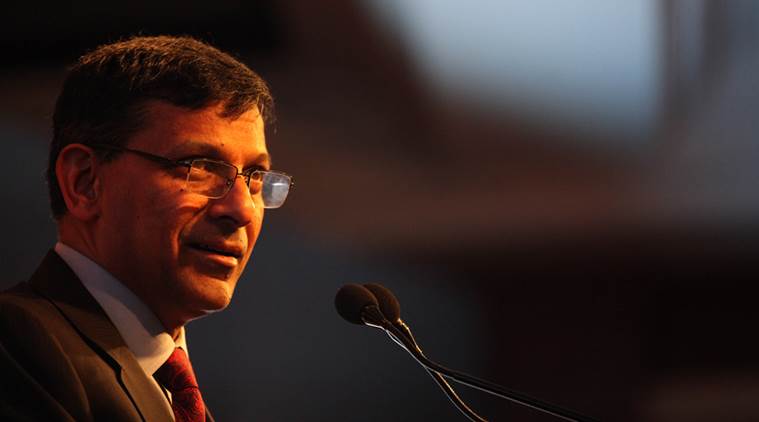RBI monetary policy review: Rate cut unlikely in foreseeable future after RBI keeps key rates unchanged
After today's monetary policy review, it is fairly clear that the window for a rate cut has been closed at least in the near future - for a quarter or more.
 RBI Governor Raghuram Rajan. (Source: Express Photo by Tashi Tobgyal/File)
RBI Governor Raghuram Rajan. (Source: Express Photo by Tashi Tobgyal/File)
In the run up to the monetary policy review in April, much of the debate was on whether the Reserve Bank of India (RBI) would, if at all, choose to cut interest rates aggressively. That was based on the reading then that over the course of the next quarter or two, there would be little leeway or headroom to lower rates owing to a combination of reasons including higher commodity prices, specially crude oil. India’s central bank cut the rates then by only 25 basis points.
WATCH VIDEO | Breaking Down Raghuram Rajan’s Monetary Policy Statement
[related-post]
After today’s monetary policy review, it is fairly clear that the window for a rate cut has been closed at least in the near future – for a quarter or more. Here’s why: the April retail inflation numbers reflected in the Consumer Price Index or the CPI rose enough to worry the RBI. Coupled with that is inflationary expectations – which also influence a decision on whether to increase or lower interest rates. The RBI’s own three-month inflation expectations survey of households showed that people expect inflation to move marginally. Besides, crude oil prices have moved closer to $ 50 – much higher than the RBI’s own mean estimate of $ 40 a barrel- which will also impact inflation. So some of the gains of the last several quarters — lower oil prices and inflation– may have moderated for now.
Also read | Full text of monetary policy released by Raghuram Rajan
There are other factors to watch out for: the decision on interest rates of the world’s most powerful central bank, the US Federal Reserve which is expected soon and the impact of the vote on Brexit next month in UK. For now, fears of a rate hike in the US may be tempered because of the latest data on labour and jobs. But the RBI is preparing for any potential bout of outside volatility and also internal in August and September, months when foreign currency deposits had contracted at the peak of the currency crisis in the first half of 2013. That’s when banks raised dollar and other currency deposits to boost inflows and support the currency.
WATCH VIDEO | RBI Policy: Raghuram Rajan On Stressed Assets & Transmission Of Interest Rates
Add to that, the seventh pay commission recommendations or payment to civil servants and its impact and the projection that the economy will grow at 7.6 per cent this fiscal – all of which signals that the prospect of a rate cut has receded.
Indeed, the RBI says that demand conditions are likely to improve ahead, citing rising consumer confidence and improving expectations of employment, spending and rural demand with a forecast for a strong monsoon and rising capacity utilisation. The signals here are mixed. While public investment has been relatively strong reflected in spending on roads and railways, private investment has been a concern for quite a while. And there’s no sign of any change on that front which should worry policy makers.
For the RBI the challenge also has been to ensure that the transmission mechanism works. The criticism now is how despite the RBI cutting its key policy rate – the repo rate by 150 basis points – Indian banks have lowered rates by just 75 basis points or less. Lenders claim that their cost of funds haven’t decreased and keep in mind their battered balance sheets after being made to set aside more capital for offsetting bad loans. The RBI reckons that as deposits grow, banks will be forced to lend more to make money rather than depend on the treasury and other gains now. That’s not clear as banks, especially state-owned ones, are loath to lend in the current environment where they are the whipping boys for bad lending of the past. Rather, banks appear to be focusing more on retail business.
With the first quarter of this fiscal over, the clamour for a rate cut may have died down but over the next couple of quarters if there is no sign of an uptick in loan growth or private investment, there is bound to be greater pressure on the government and the RBI too. For the RBI, as in the past, a failure to create enough jobs on the part of the government or stimulate demand may lead to the blame being shifted to the central bank for its interest rate policy. Governor Raguram Rajan will have to face up to that whether he is in office or out of it by September.



- 01
- 02
- 03
- 04
- 05




























